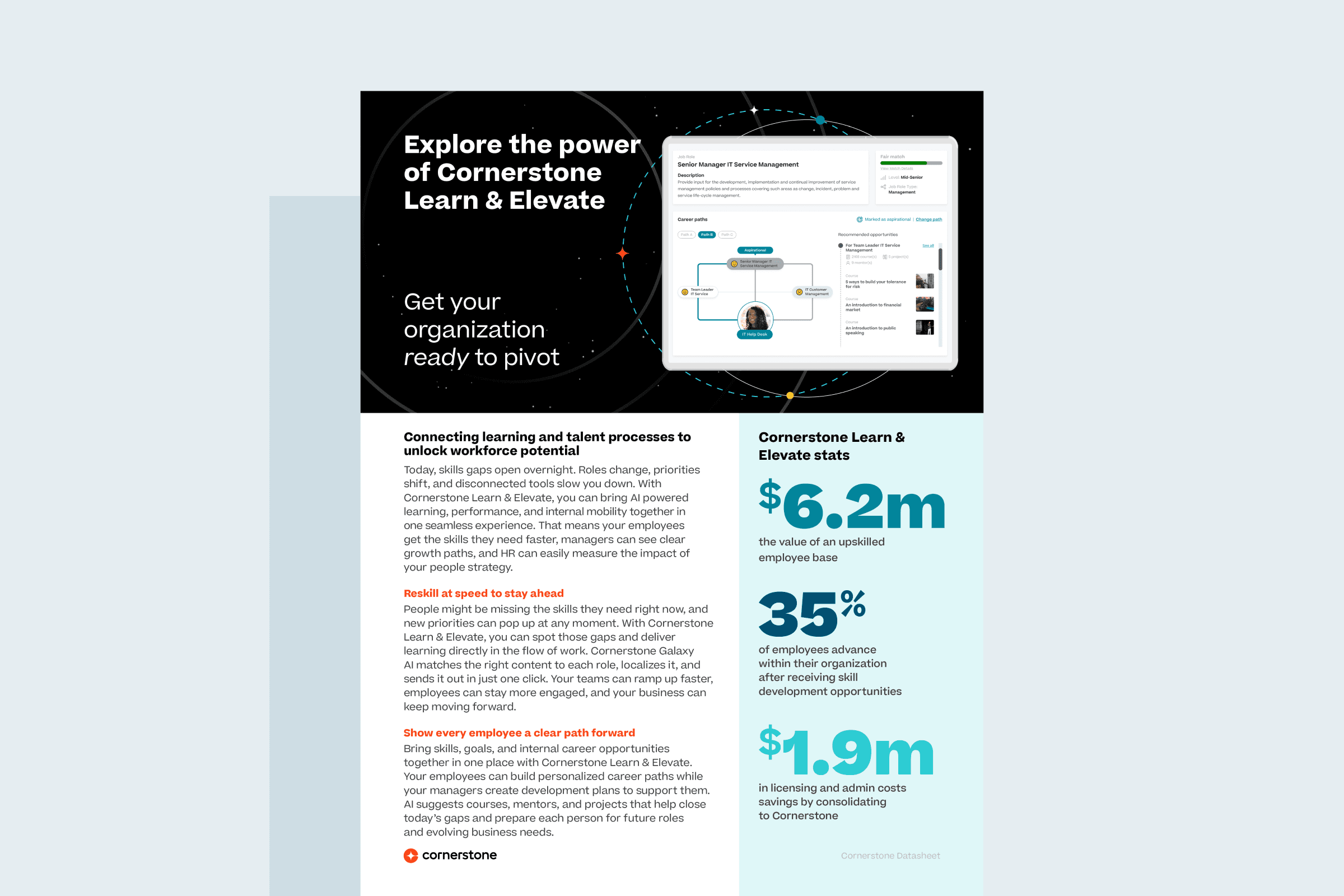The beauty of crowdsourcing is that you can now have access to thousands of talented individuals who can do work faster and at a lower cost. It's a new form of employing talent that has created unprecedented opportunities for both businesses and individuals.
With these benefits, of course, come a few risks. As a new and non-traditional way of "employment", it's important to understand the challenges of crowdsourcing before jumping at the opportunity to integrate into your workforce. Here, I explore three typical risks with crowdsourcing, and how your leadership team can ensure that your company and the crowd both benefit from working together.
Risk #1: Receiving Low-quality Work
Whether you use crowdsourcing for development, design, content creation or some other type of work, you are putting your faith in people that you don't know, with unfamiliar backgrounds and skills. Unlike when you're hiring full-time candidates, you don't have the time or resources to screen all of the crowd's qualifications — even if you wanted to.
So, how do you ensure quality work? Find a high-reputation partner in the crowdsourcing industry who manages the individuals in their crowd and their quality of work. When selecting a crowdsourcing partner, the most important thing is to ensure they have a strong relationship with their crowd members and a process for measuring quality. At Appirio, for example, the people in our crowd are incentivized to create the best (winning) outcome for your business since projects are competition-based. The best result wins — and since you only pay for the result, quality is a given.
Risk #2: Turbulence in Your Business
According to research by Dr. Michael Gebert, Founding Member of the Crowd Mentor Network, one of the biggest risks that companies face when using crowdsourcing is "turbulence risk" — a concept he describes as "the risk of engaging in the unknown in an environment where risk-taking is not necessarily encouraged." In other words, your full-time team might have some big questions — and hesitations — about the idea. If individuals and leaders in your organization aren't fully committed to crowdsourcing, it's hard to implement successfully.
To discover if your organization is ready for crowdsourcing, consider the 3 C's: capability, capacity and calendar. Determine which parts of the project your internal teams are capable of tackling, and which parts they aren't. For the internal folks that are capable of working on things, make sure they have the capacity to do it. (You don't want to pull them away from critical work that they're already doing.) And finally, take a look at the calendar to outline your timeline for the project and decide if it makes sense to expedite some (or all) of the project with crowdsourcing. And, of course, make sure to communicate the benefit of crowdsourcing to your team — it should be a welcome help, not a threat, to their work.
Risk #3: Intellectual Property Right Infringement
When using crowdsourcing, individuals from outside your company will have a certain level of access to things like software source code, web content and other intellectual property, which can be cause for concern in organizations that like to keep such property close to their corporate chests. With new technologies and ways of doing business being created much faster than new laws, it's understandable that organizations may be unclear about how to best protect themselves.
In order to ensure your data and work are safe, make sure the crowdsourcing partner you choose doesn't provide their members with access to real data sets. The data used should be obfuscated or the domain information should be stripped away, leaving only the information necessary for the crowd members to complete their portion of the work. And remember, a disgruntled employee is just as likely (probably more so) to steal your intellectual property as an outsourced partner. The most important thing is to have a plan of action to monitor improper use and act when necessary.
While there are risks with crowdsourcing, they are certainly avoidable — and the potential benefits are worth the preparation and research you need to do. If you find the right partner, communicate with full-time employees and take the property security precautions, crowdsourcing can vastly improve the quality, scalability and creativity of your organization's work.
Get in touch with one of our experts to explore how we can tailor our solutions to your organization's needs.


